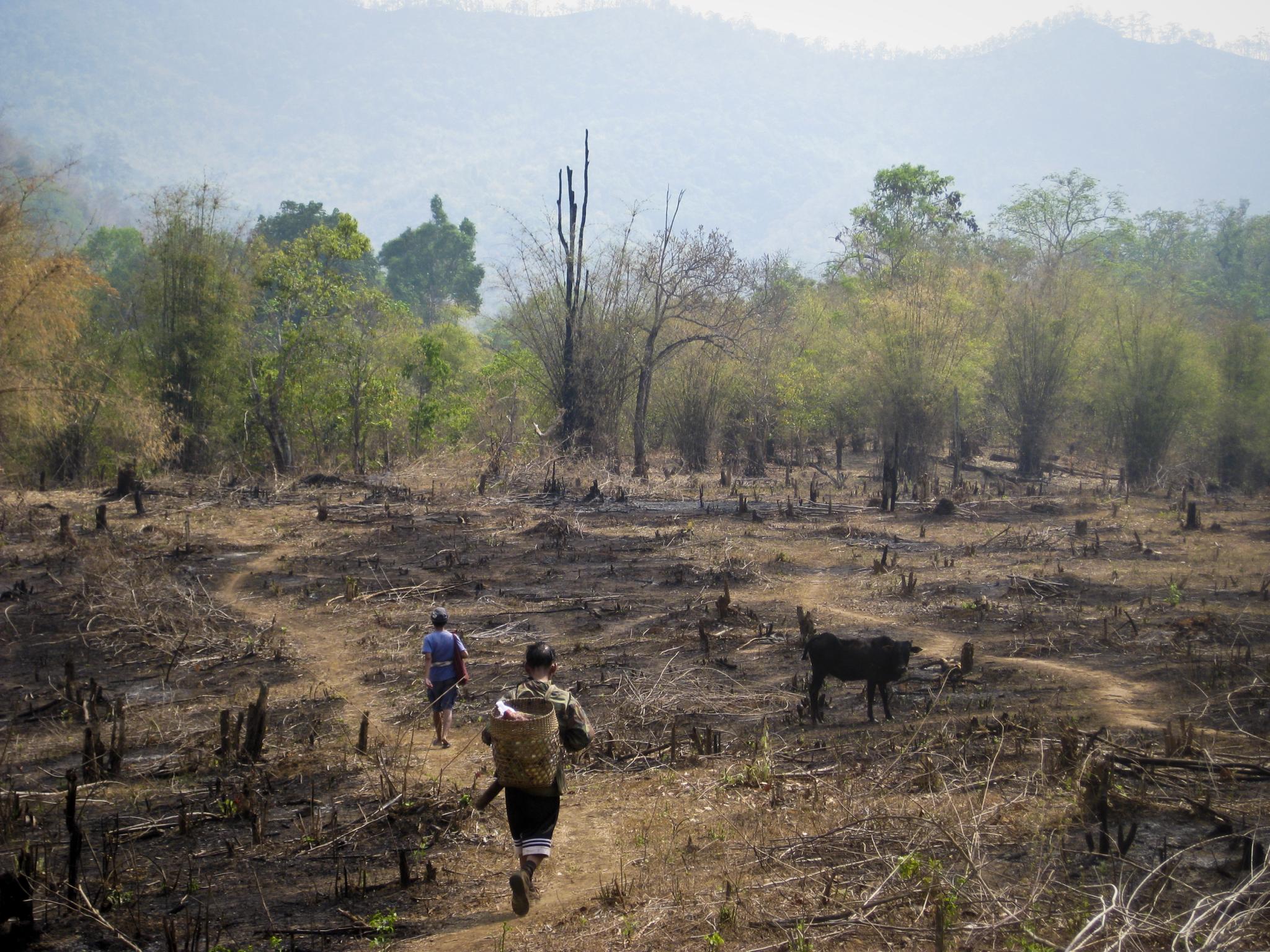|
Jumma (term)
The term ''Jumma'' (from Jhum cultivation, ), also called ''Pahari'' () by Bengalis, usually referred to the indigenous tribal peoples of the Chittagong Hill Tracts region of Bangladesh. They include the Chakma, Arakanese (Rakhine), Marma, Tripuri, Tanchangya, Chak, Pankho, Mru, Bawm, Lushai, Khyang, and Khumi. With the exception of the relatively well-integrated Chakma and Tanchangya, most of the peoples referring themselves ''Jumma'' are native speakers of Tibeto-Burman languages, unrelated to the Bengali language spoken by ethnic Bengalis. They are religiously and culturally distinct as well, with most being Buddhists, some Hindus, and some being converted Christians and Muslims. In addition, they have retained some traditional religious practices. Ethnicity Below is the population distribution of the Jumma people in Chittagong Hill Tracts, represented in pie chart. The Chakma community forms the majority, followed by the Marma and Tripura people. History Pa ... [...More Info...] [...Related Items...] OR: [Wikipedia] [Google] [Baidu] |
Jhum Cultivation
Slash-and-burn agriculture is a form of shifting cultivation that involves the cutting and burning of plants in a forest or woodland to create a field called a swidden. The method begins by cutting down the trees and woody plants in an area. The downed vegetation, or "slash", is then left to dry, usually right before the rainiest part of the year. Then, the biomass is burned, resulting in a nutrient-rich layer of ash which makes the soil fertile, as well as temporarily eliminating weed and pest species. After about three to five years, the plot's productivity decreases due to depletion of nutrients along with weed and pest invasion, causing the farmers to abandon the field and move to a new area. The time it takes for a swidden to recover depends on the location and can be as little as five years to more than twenty years, after which the plot can be slashed and burned again, repeating the cycle. In Bangladesh and India, the practice is known as jhum or jhoom. Slash-and-burn i ... [...More Info...] [...Related Items...] OR: [Wikipedia] [Google] [Baidu] |
The Daily Ittefaq
''The Daily Ittefaq'' (, Bangla pronunciation: ) is a Bengali-language daily newspaper. Founded in 1949 by Abdul Hamid Khan Bhashani and Yar Mohammad Khan, it is the oldest and one of the most circulated newspapers in Bangladesh. The newspaper format is broadsheet, and is printed by Ittefaq Group of Publications Limited. Pre-1971 ''Ittefaq'' was initially published weekly. On 15 August 1949, the first issue of Ittefaq was off the press. Bhashani served as the original editor. Later, Bhashani and Yar Mohammad Khan appointed Manik Miah as the editor. It became a daily on 24 December 1953 under the editorship of Tofazzal Hossain. During the time of United Pakistan, it publicised the negligence and colonial mindset of Pakistani leaders to East Pakistan. As a result, the government acted against its editors and journalists. Hossain's post-editorial column 'Rajnaitik Mancha' (political platform) became popular in East Pakistan. ''The Daily Ittefaq'' played a vital role during the ... [...More Info...] [...Related Items...] OR: [Wikipedia] [Google] [Baidu] |
Monipuri People
The Meitei people, also known as Meetei people,P.20: "historically, academically and conventionally Manipuri prominently refers to the Meetei people."P.24: "For the Meeteis, Manipuris comprise Meeteis, Lois, Kukis, Nagas and Pangal." are a Tibeto-Burman ethnic group native to the Indian State of Manipur. They form the largest and dominant ethnic group of Manipur in Northeast India. They speak the Meitei language (officially called Manipuri language, Manipuri), one of the 22 official languages of the Indian Republic, 22 official languages of the Republic of India and the sole official language of Government of Manipur. The Meiteis primarily settled in the Imphal Valley region in modern-day Manipur, though a sizeable population has settled in the other Indian states of Meitei people in Assam, Assam, Meitei people in Tripura, Tripura, Nagaland, Meghalaya, and Mizoram. There is also a notable presence of Meiteis in the neighbouring countries of Meitei people in Myanmar, Myanmar a ... [...More Info...] [...Related Items...] OR: [Wikipedia] [Google] [Baidu] |


